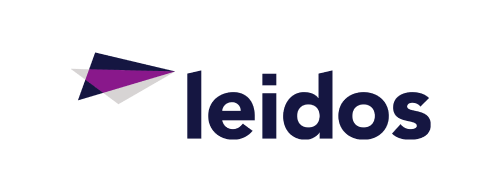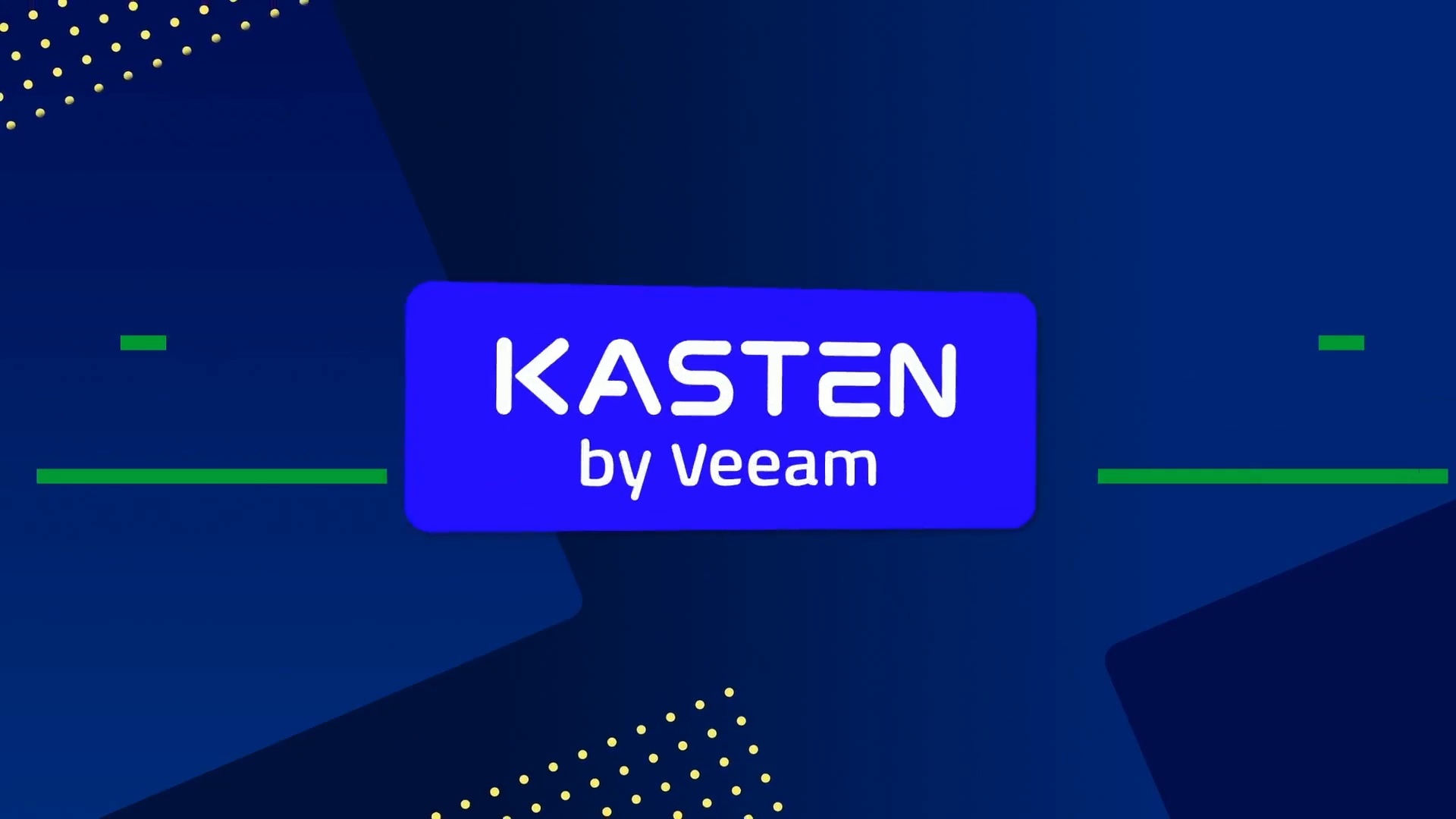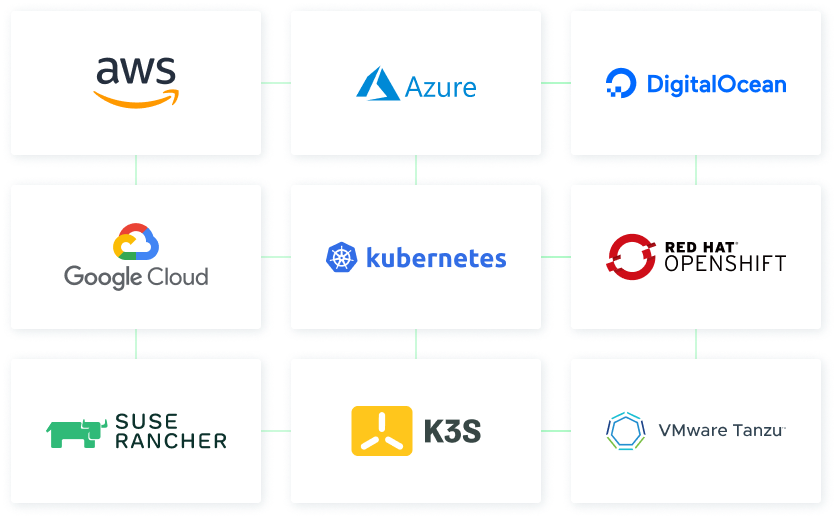
Free Report
Veeam is a Four-Time Leader and Outperformer
See why Veeam’s Kubernetes data protection solution outranks competitors
- Kasten K10 Use Cases
- Application Mobility
Application Mobility
Kubernetes Native Application Mobility
- Enable cross cloud portability
- Perform multi-cloud balancing
- Conduct cluster upgrade testing
Enable Flexibility and Resilience in a Kubernetes Environment
Application Mobility With Automatic Import and Restore
Kasten K10 provides a simplified path to environment updates.
Enhanced Application Mobility With Environment Isolation
Migration between federated and non-federated clusters is supported.
Reliable Automated Workflows for Application Mobility
Easily monitor execution across platforms from on-premises to the cloud.
How Other Organizations Approach App Mobility
Why Portability and Mobility Matter
Cross-Cloud Portability
Meet customer demand across platforms. Businesses gain flexibility in mobilizing applications across on-premises, public, private, and hybrid clouds.
Cluster Upgrade Testing
Catch important changes before they become a problem at scale, and manage Kubernetes changes by migrating applications in a predictable manner between clusters.
Multi-Cloud Balancing
Enable load balancing across public and private clouds by using an API gateway. This capability is ideal for application management, according to business policies intended to manage cost risks.
Data Management
Create copies of live applications and data for near real time and offline analysis. This capability can be used to measure and monitor performance, usage and as part of a continuous evaluation program.
Use Cases for Kasten K10
Customers Protected by Veeam












FAQs
What is Kasten K10's approach to Application Mobility?
How does Automatic Import and Restore improve DevOps workflows?
What advantages does Environment Isolation offer in application mobility?
How does Kasten K10's application mobility support dynamic deployment cycles?
Radical Resilience Starts Here
hybrid cloud and the confidence you need for long-term success.





